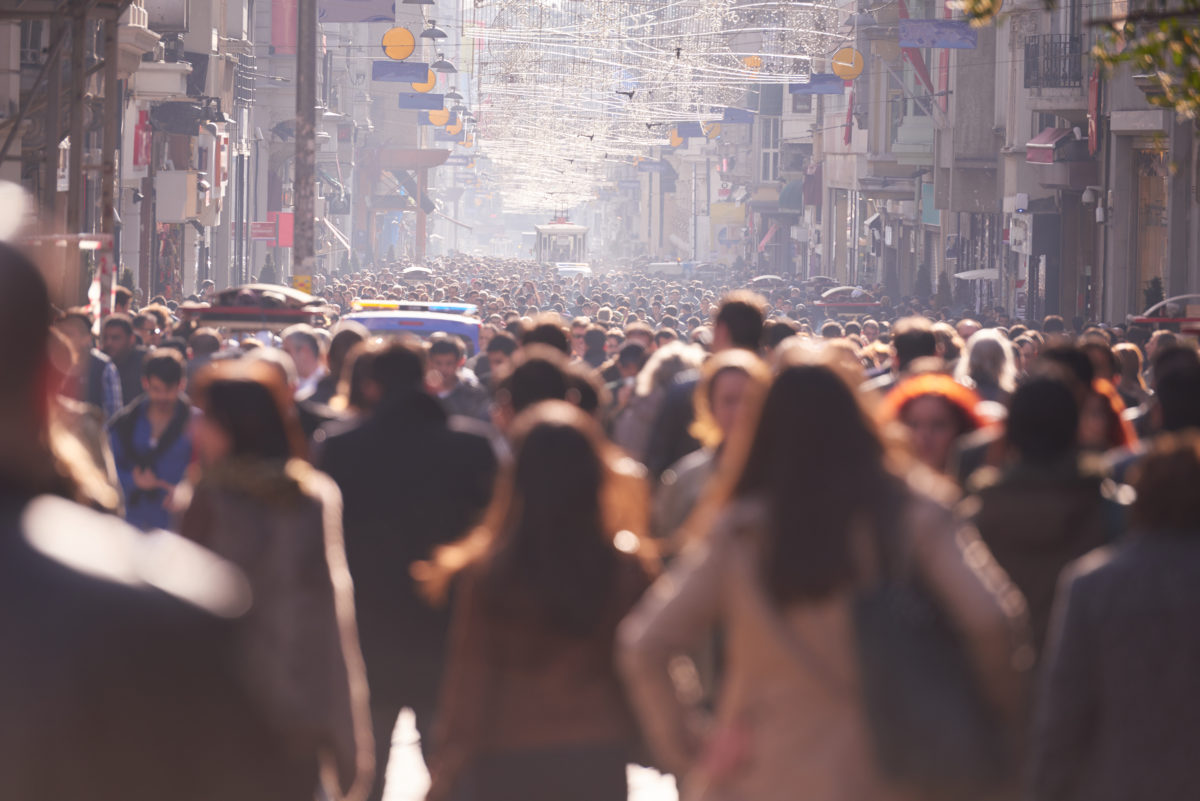If you have watched any of the crime dramas on Netflix you will know that when it comes to solving crime, time is off the essence.
However, rarely is the investigation process as entertaining as we see on screen. Have you ever watched episode where the investigator spends the entire time in a dark room trawling through hour after hour of CCTV footage? Yet, this is the reality for many incident investigators.
But while the quality of surveillance cameras – including the images delivered and their network availability – has improved immeasurably in recent years, how operators and other stakeholders like the police interact with them has changed little. It remains a laborious, mostly manual, resource-intensive yet vital step.
I was reminded of this when watching the evening news recently. A spokesperson from Wiltshire Council explained how police investigating the two instances of Novichok poisoning (Sergei and Yulia Skripal and more recently Charlie Rowley and Dawn Sturgess) in Salisbury and Amesbury were trawling hundreds of hours of CCTV footage from across the area to find evidence that could lead to a suspect.
If any story has the making of a feature film or box set, the incident in Salisbury is it. Although, all I could imagine was a tired team staring at screens from the beginning to the end of their long shifts.
After the 2011 London riots 500 Metropolitan Police officers reviewed more than 200,000 hours of surveillance camera footage
This because incident investigators have shared their experiences with me first hand countless times in the past. The most shocking of which was the major investigation that took place after the riots in London back in 2011, which resulted in 500 Metropolitan Police officers reviewing more than 200,000 hours of surveillance camera footage.
This was made even more challenging by the fact many committing criminal acts were masking their appearance.
Antiquated
However, things are changing fast and earlier this year an incident investigation in the US highlighted just how antiquated his manual searching for the proverbial needle in a haystack has become.
The police were investigating a murder a major US city (the name cannot be disclosed as the trial is currently in progress) that took place in September. The victim, a 27-year-old woman, was found early in the morning in a public place, but with no witnesses or suspects to pursue the trail was cold (the progress made in first hours and days of an investigation can dictate its ultimate success).
The obvious next step was to review CCTV footage. They began manually searching through hundreds of hours of camera images, looking for any instances where the woman could be seen. They drew a blank until two weeks later when they took the decision to trial the latest in video search analytics in an attempt to break the deadlock.
The software enabled the investigating team to create an avatar that matched the description of the victim and would automatically match individuals who appeared on camera meeting the criteria. However, unlike face recognition systems that use just one element (the face), the technology enabled them to search based on her clothing (she was found wearing a black t-shirt and black jeans), sex, height, build, hair colour etc.
Within minutes the system had scrutinised hundreds of hours of footage, filtered out irrelevant footage and presented enough images to identify the murder victim
Within minutes the system had scrutinised the hundreds of hours of CCTV footage from hundreds of cameras, filtered out irrelevant footage and presented the investigators with enough images to instantly identify the woman.
With the woman located, the system then filtered further to present all instances where she appeared on camera, creating a time-stamped map of her route through the city.
Once again, unlike face detection the investigation succeeded as it did not rely on the person of interest’s face been clearly seen by the camera (something the team investigating the riots in London would have appreciated). This increased the number of instances the woman was found on camera and improved the quality of evidence collected.
In one of the video feeds the woman could clearly be seen with another person the night before the murder, providing a new line of enquiry. Cross-referencing the image of the possible suspect with police databases investigators could establish probable cause that this was likely to be the killer and soon after a successful arrest was made.
Video analytics in many different guises have been around for a long time and featured in many a Hollywood blockbuster as well as the aforementioned crime dramas. This particular type of real-time and post incident search has been on the market for several years.
As this technology is adopted more and more (we are seeing it being deployed by airports, mass transit systems, as part of safe/smart city initiatives) use cases are coming to light, illustrating the madness of continuing to run manual CCTV searches.
Free Download: The Video Surveillance Report 2023
Discover the latest developments in the rapidly-evolving video surveillance sector by downloading the 2023 Video Surveillance Report. Over 500 responses to our survey, which come from integrators to consultants and heads of security, inform our analysis of the latest trends including AI, the state of the video surveillance market, uptake of the cloud, and the wider economic and geopolitical events impacting the sector!
Download for FREE to discover top industry insight around the latest innovations in video surveillance systems.


